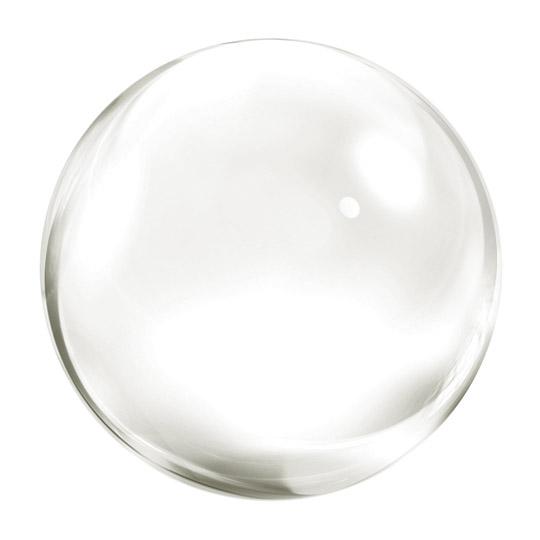
Technical specification
Urea is nitrogen fertilizer with high contents of an active substance – 46%. The chemical formula of the urea is close in composition to the organic formulation of the urea, which also provides for a number of advantages in the mass use for feeding crops.
The interaction of the fertilizer with the soil environment passes in a very different manner as compared to the ammonium nitrate. At the emission of an active substance from the urea, to get to the form most accessible for the plants, the nitrogen passes through the three most significant processes related to its capture and fixation. Some of the processes are purely chemical, others are biological or physical.
After urea gets into the soil, it is subject to dissolution from soil moisture, after that a part of it passes through the process of nitrification and nitrate anion (NO3-) is obtained, which is food accessible for the plants. Another part of the products gets in the microorganisms and feeds their metabolic processes, a process of ammonification passes after these microorganisms die out, followed again by a process of nitrification at which the nutritional form of the nitrogen is obtained.
This determines more uniform course of the processes in which urea gradually delivers its active substance in the soil to the plants.
Advantages
The chemical formula of the urea is close in composition to the organic formulation of the urea, which also provides a number of advantages in the mass use for feeding crops.
Technical characteristics
It satisfies the requirements of Regulation 2003/2003 relating to mineral fertilizers with high contents of nitrogen.
It is transported packaged or in bulk. We offer our products in packages of vent cassette bags of polythene and polypropylene, in bags of 50 kg, 500 kg and 1000 kg.
| Composition | Standards and Norms |
|---|---|
| Total contents of nitrogen | min. 46% |
| Biuret | max. 1% |
| Moisture | max. 0.5% |
| Granulometry from 2 to 4 mm | min. 90% |
Crops

Barley

Rapeseed

Sugar beet

Oats

Wheat

Sunflower

Soybeans

Silage corn

Potatoes

Perennial grasses

Corn

